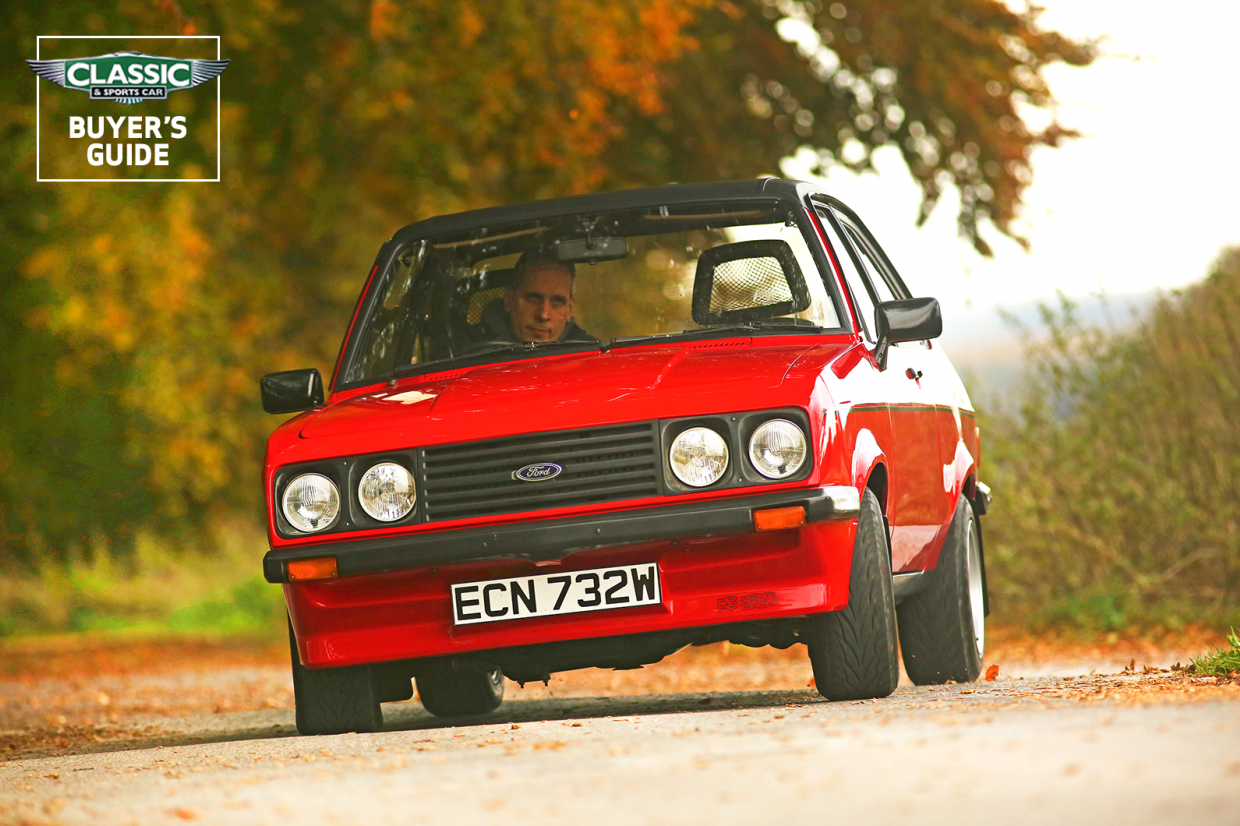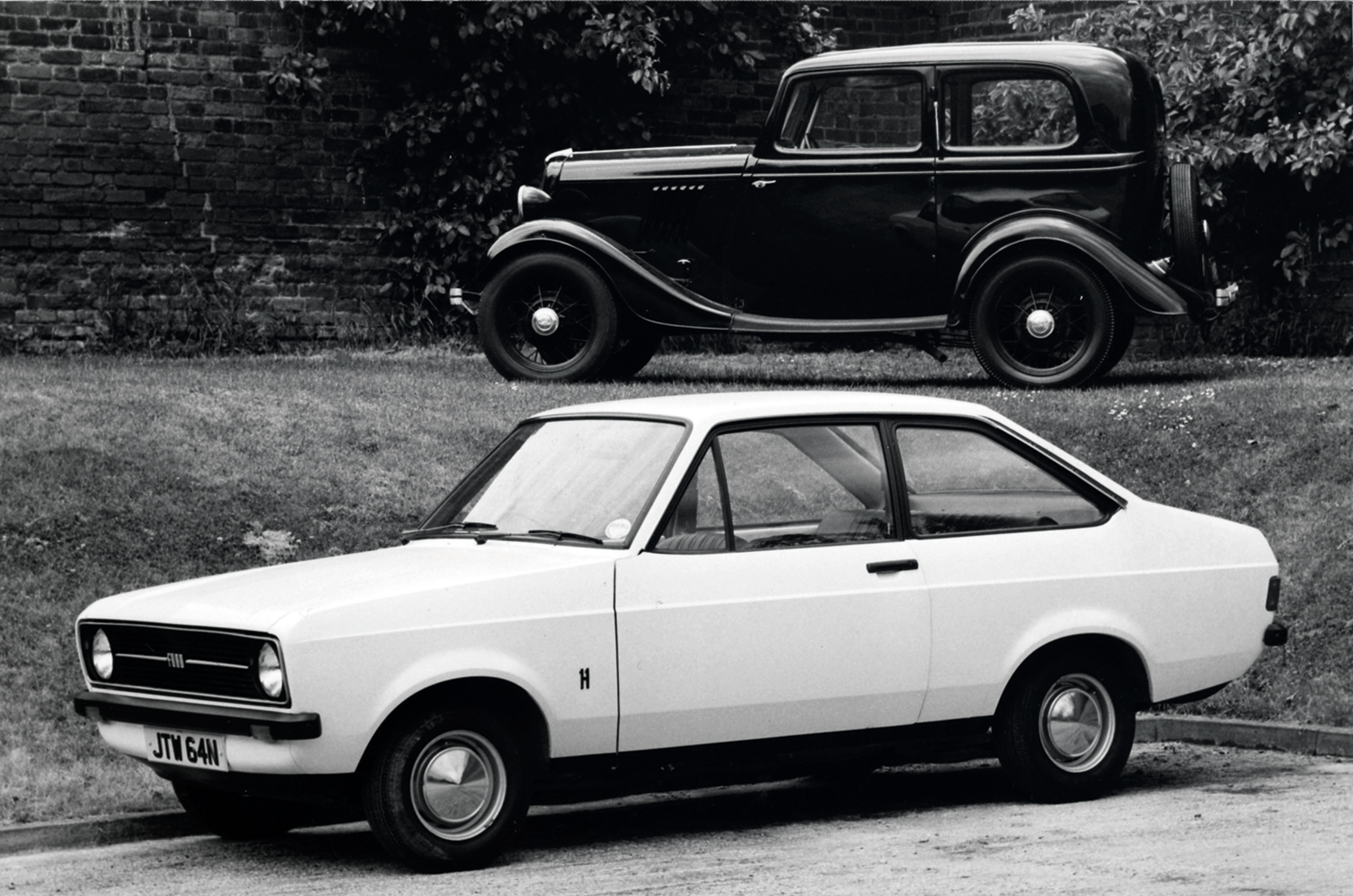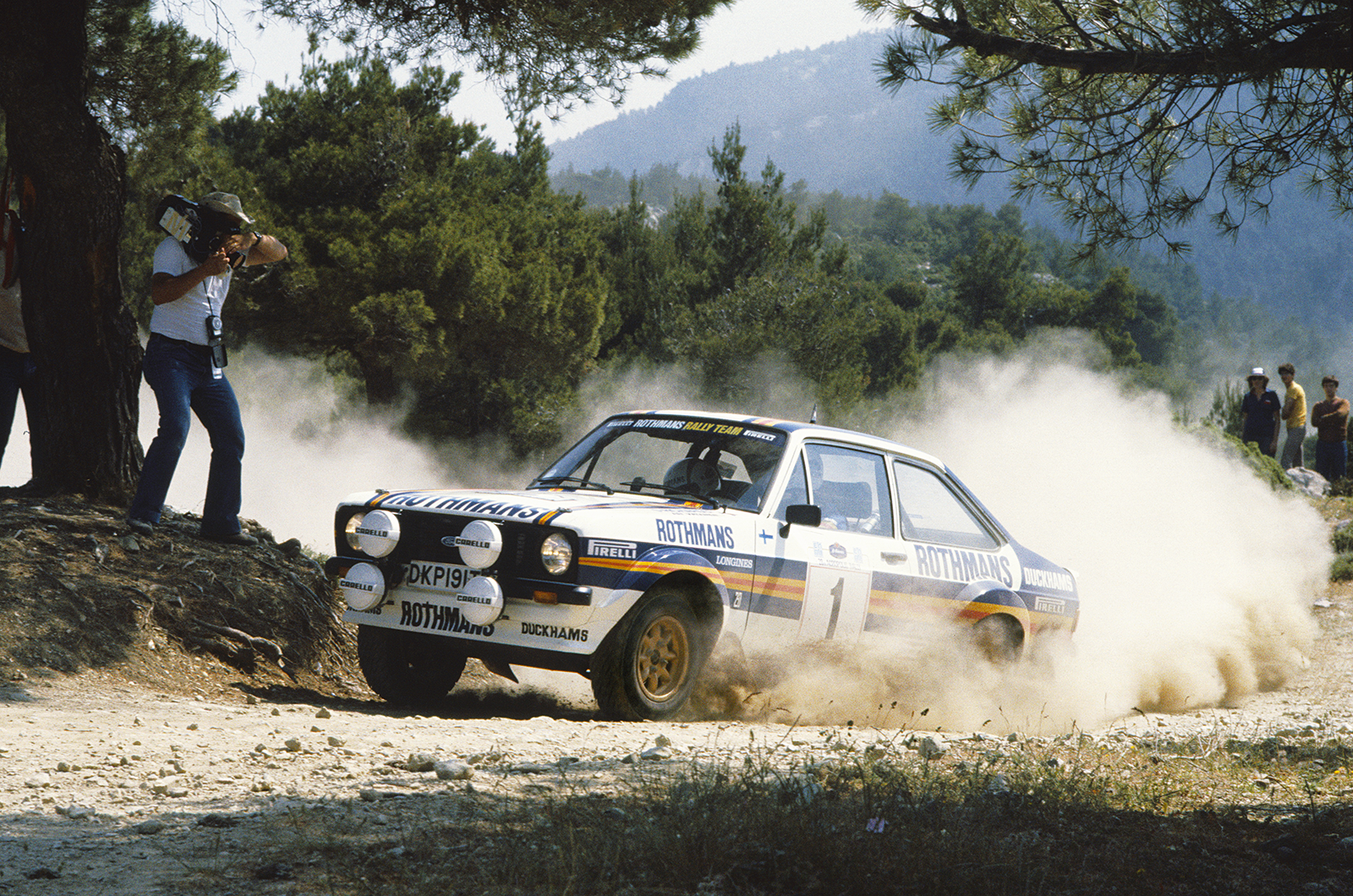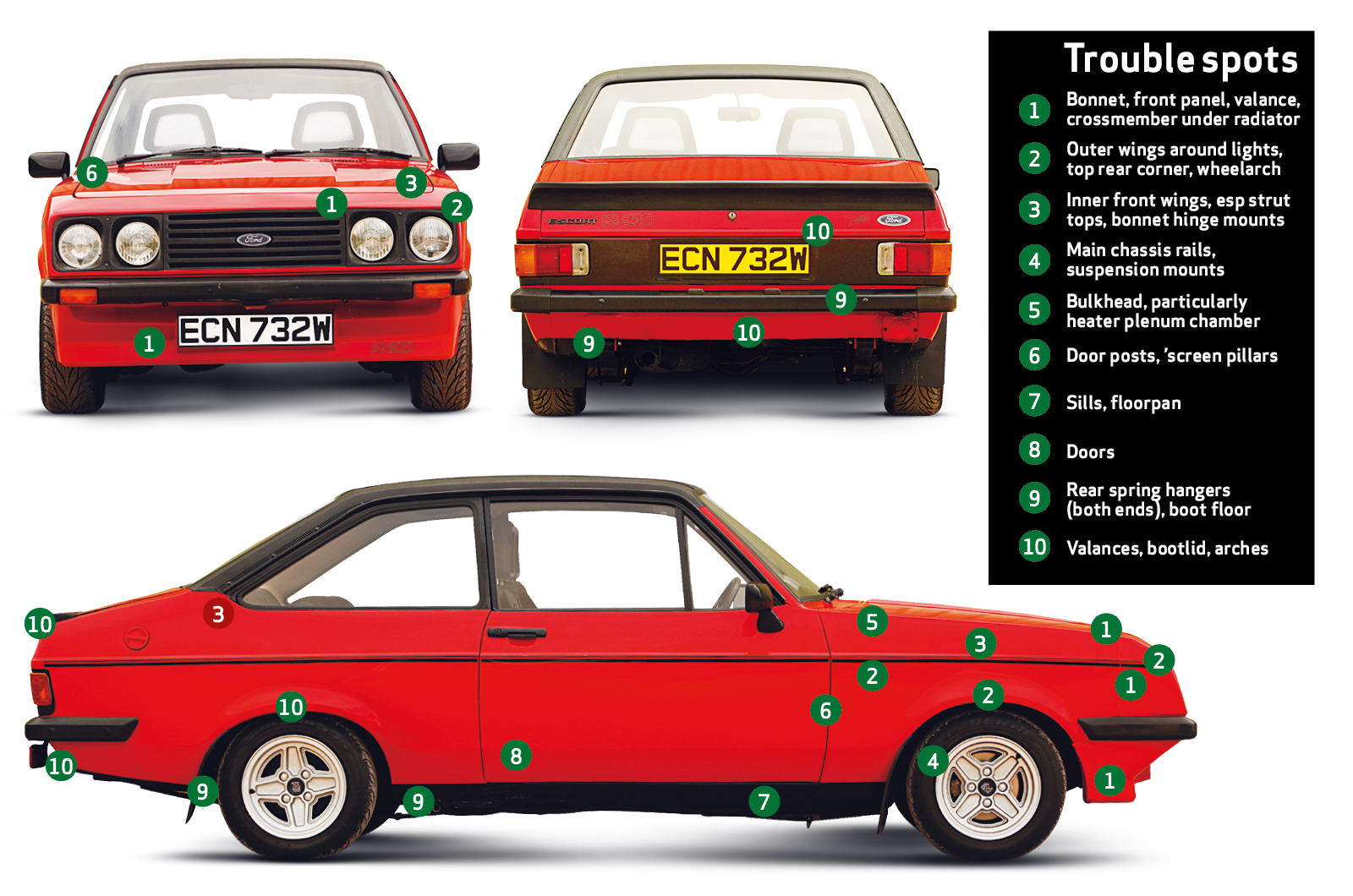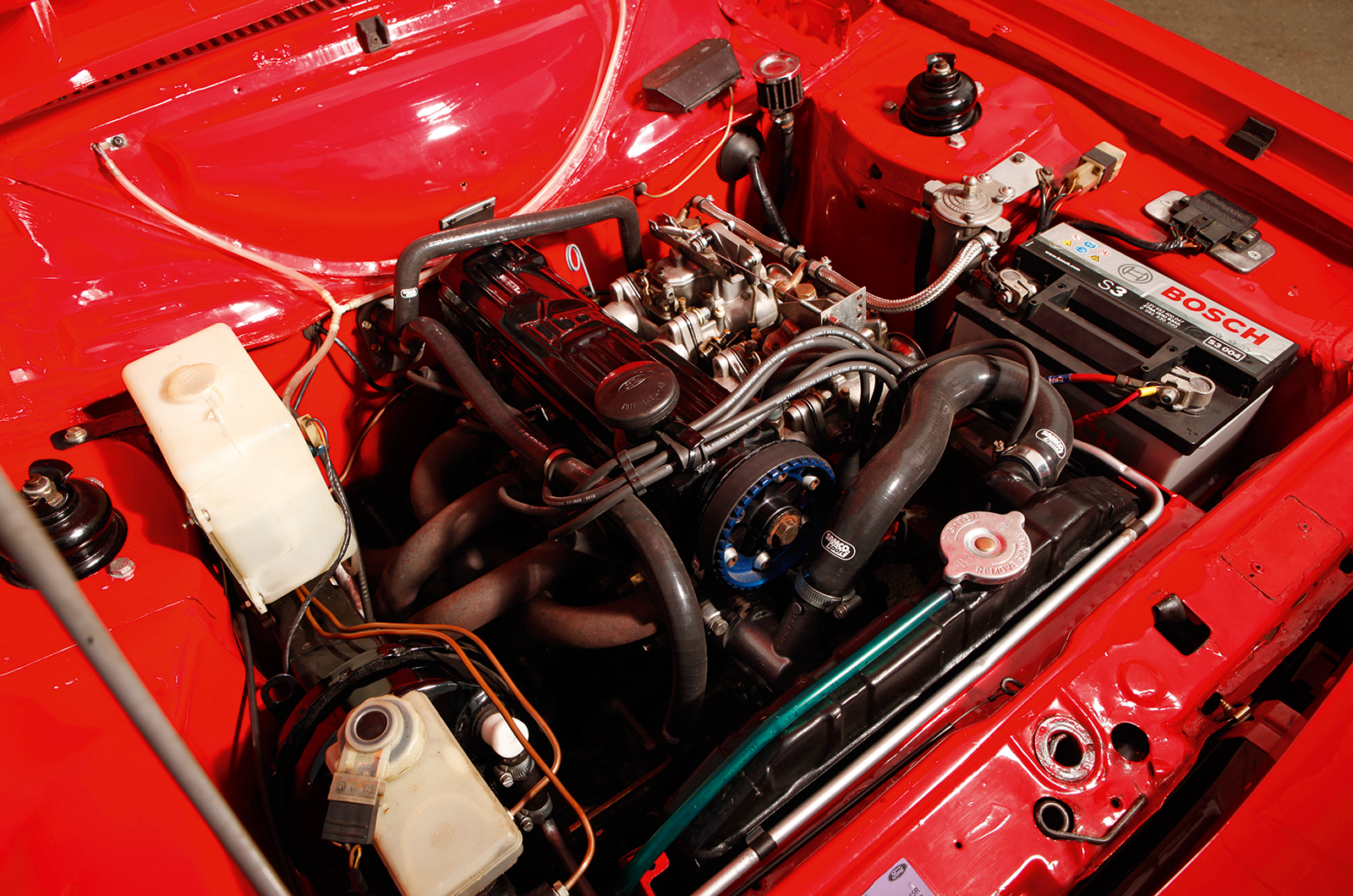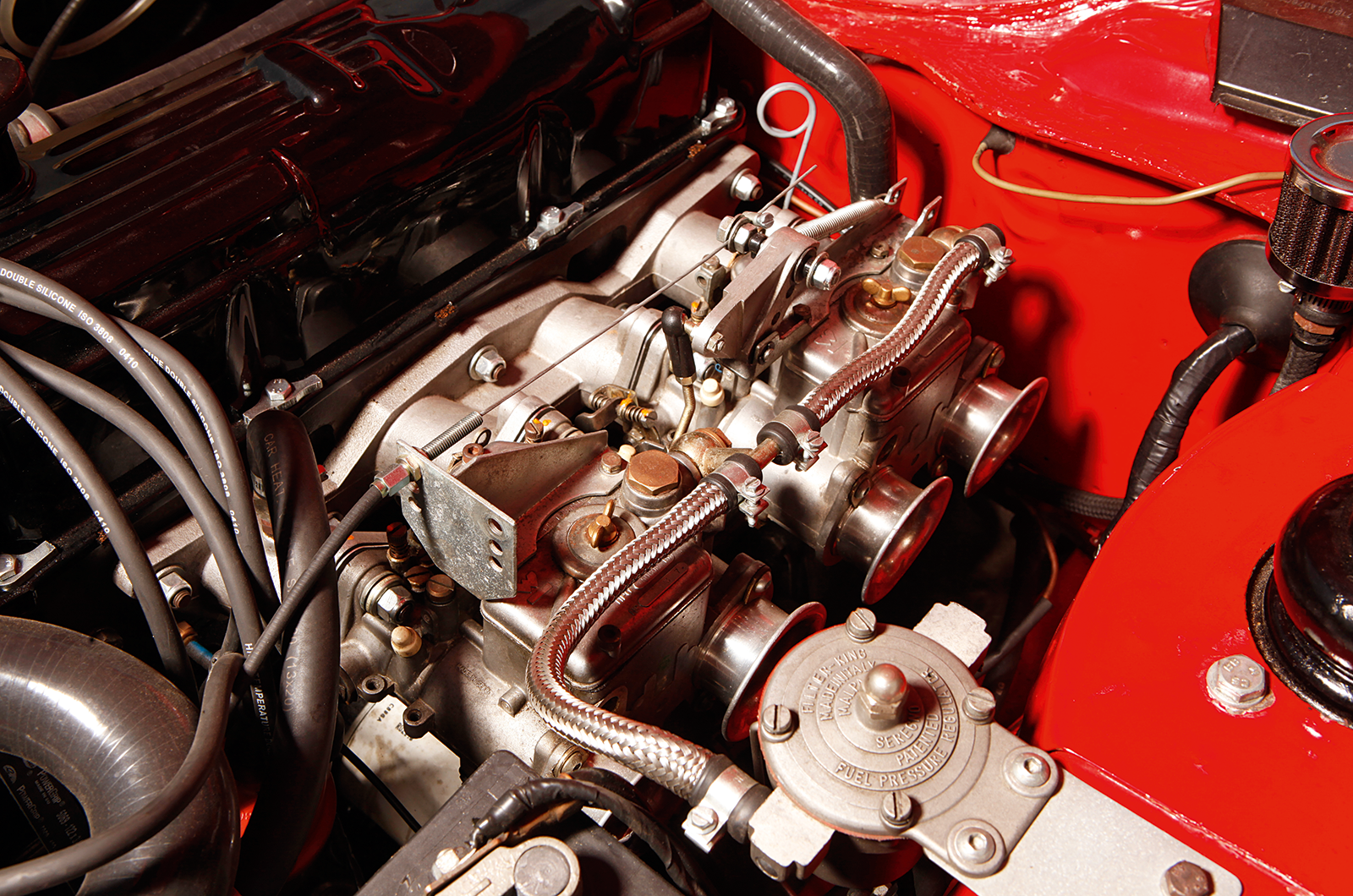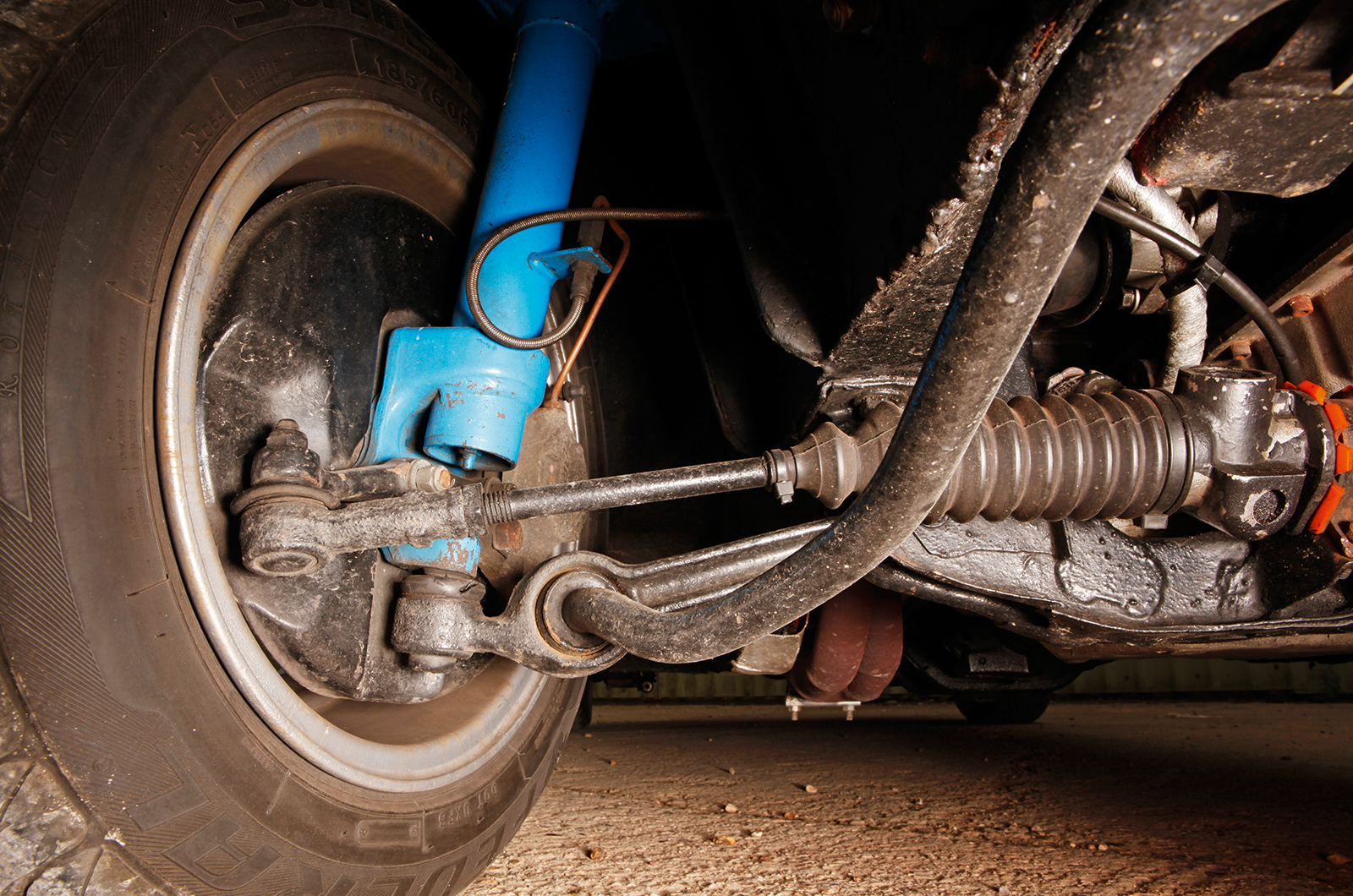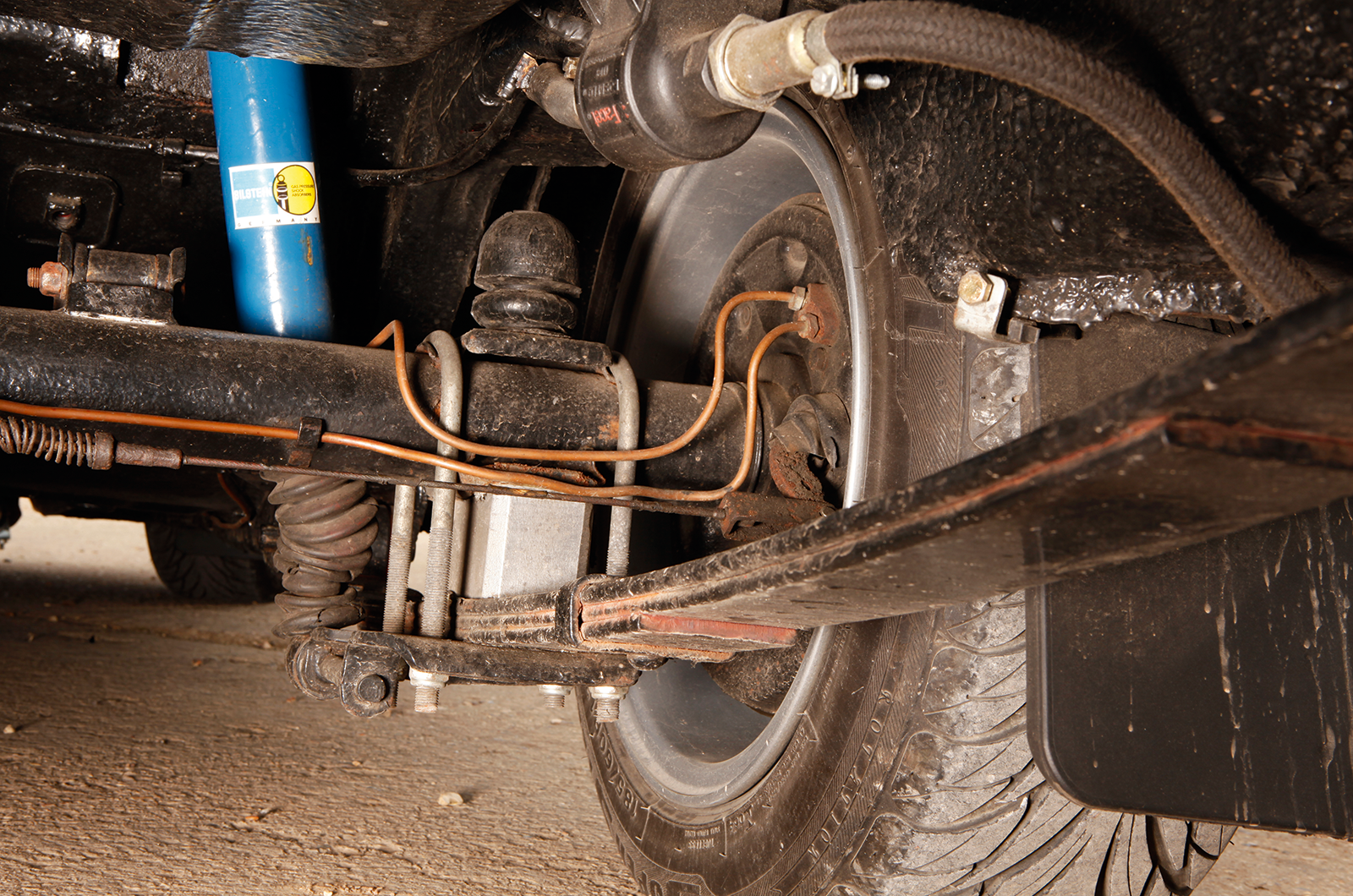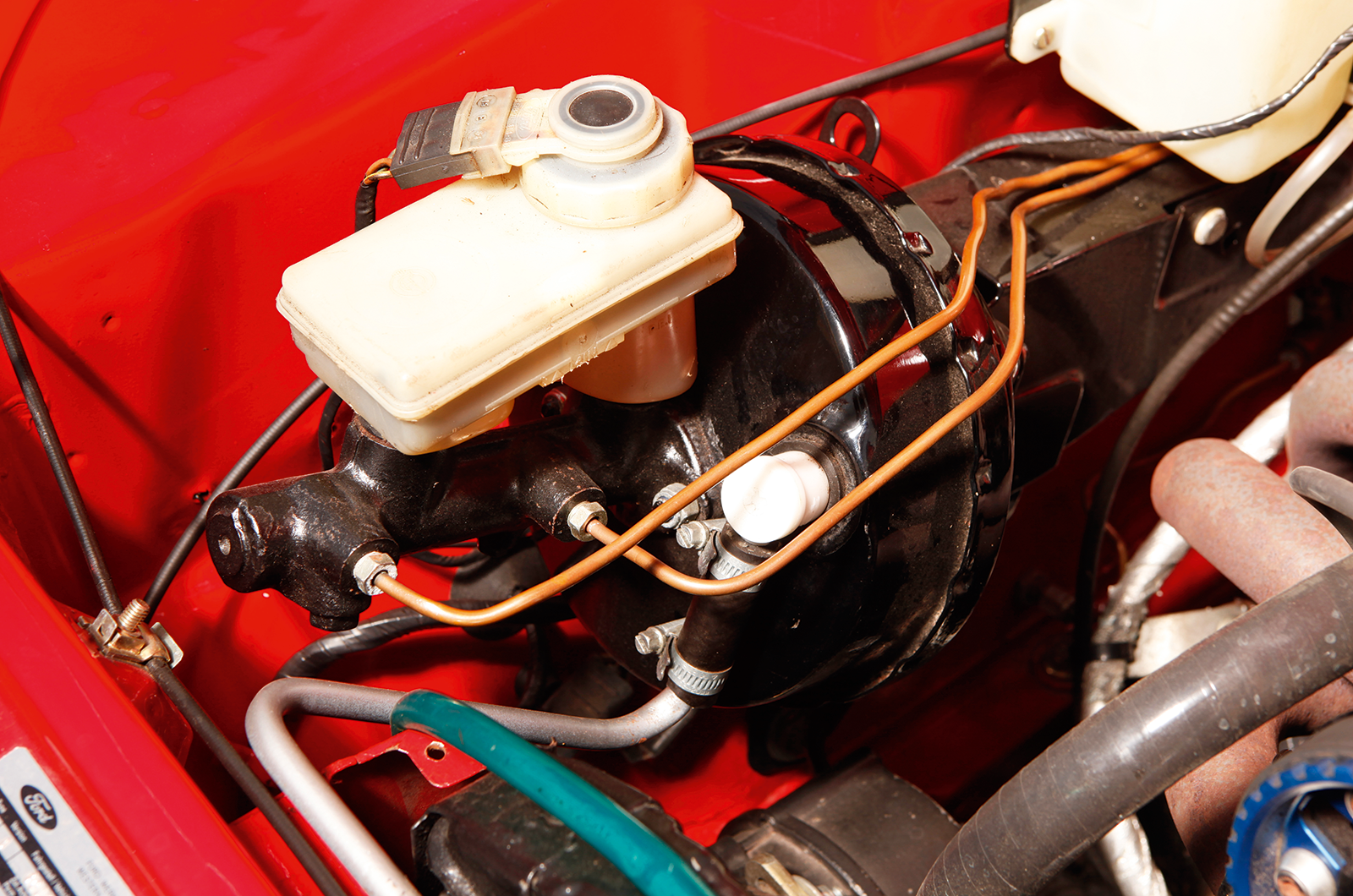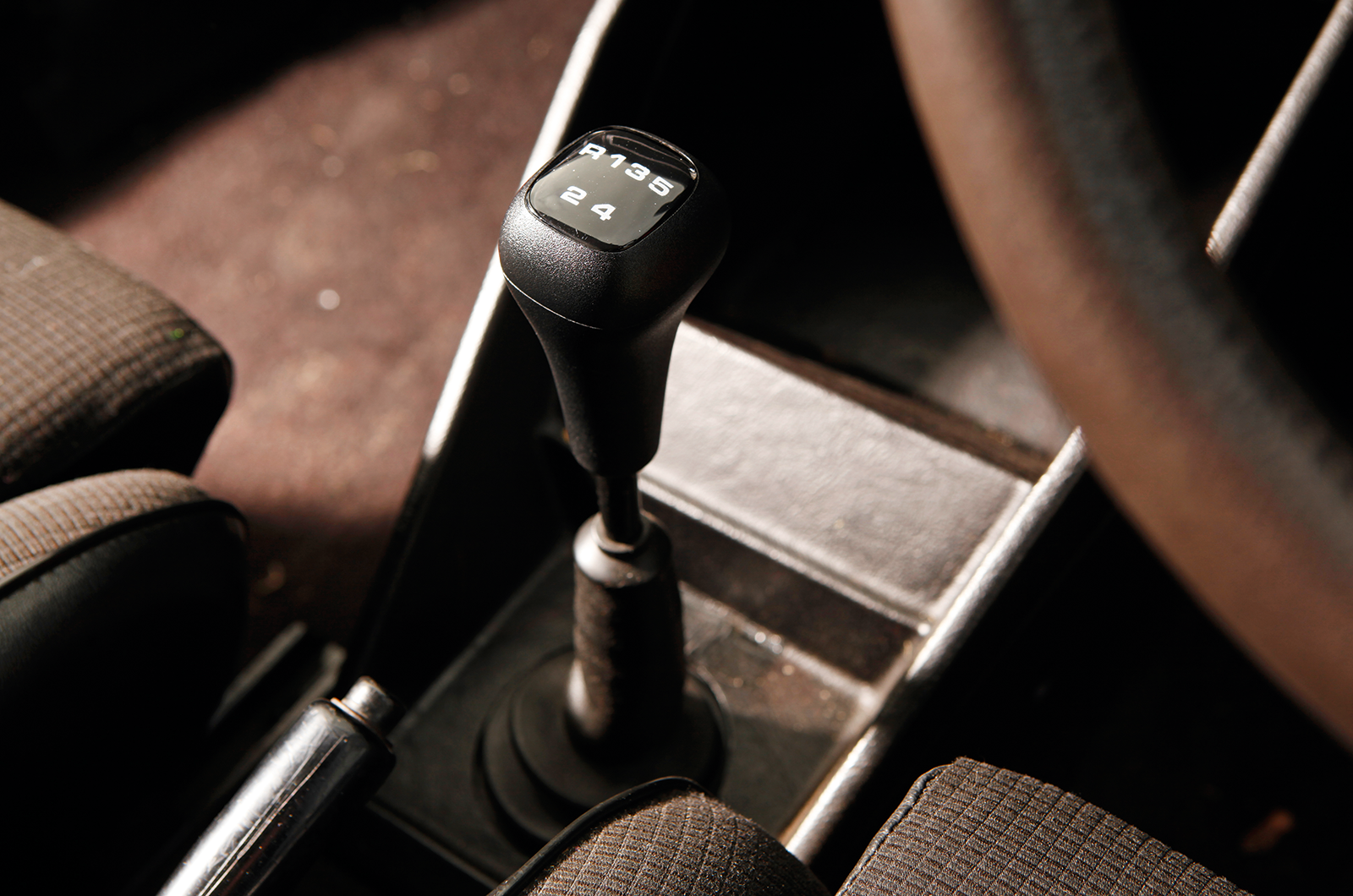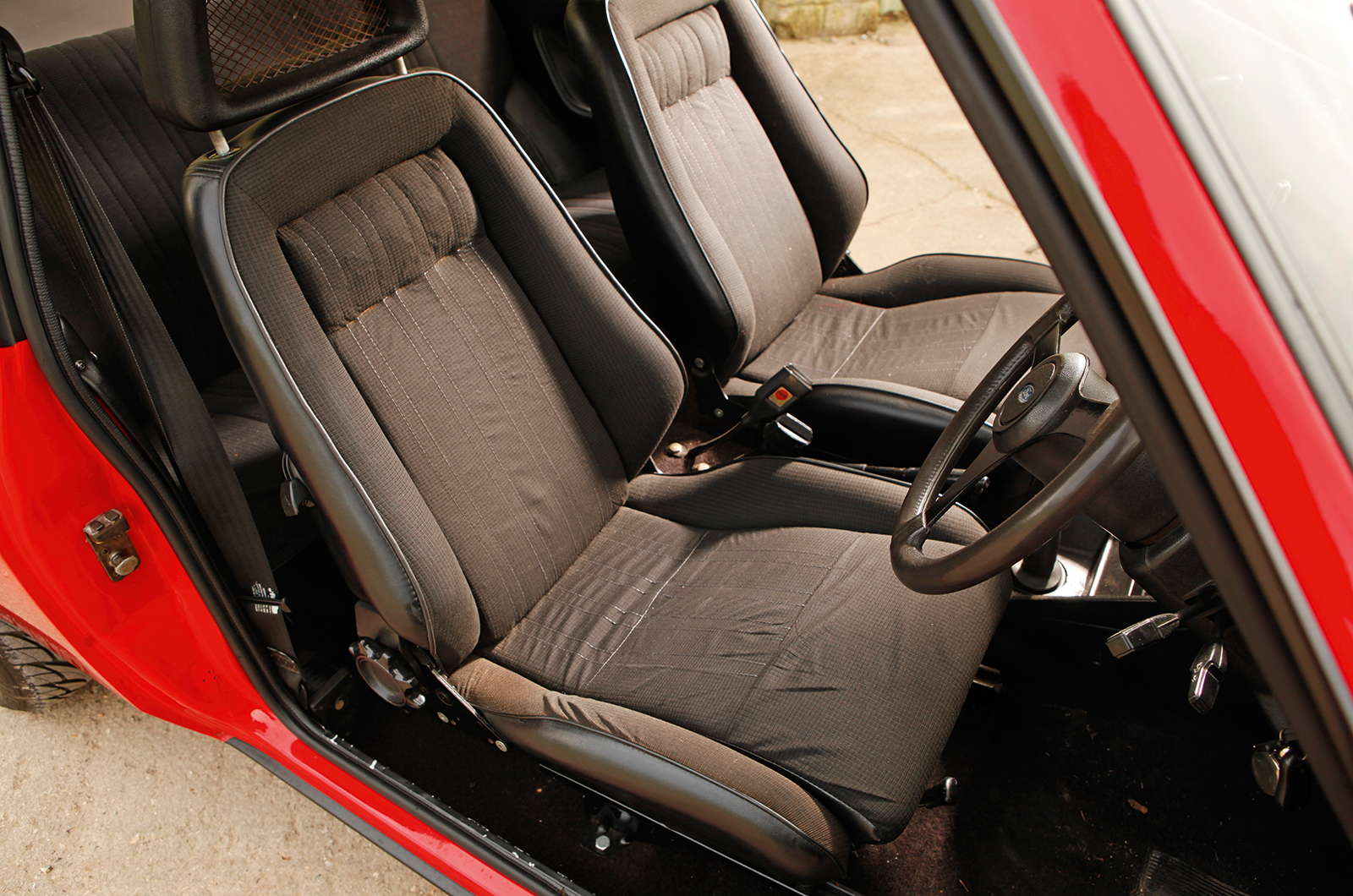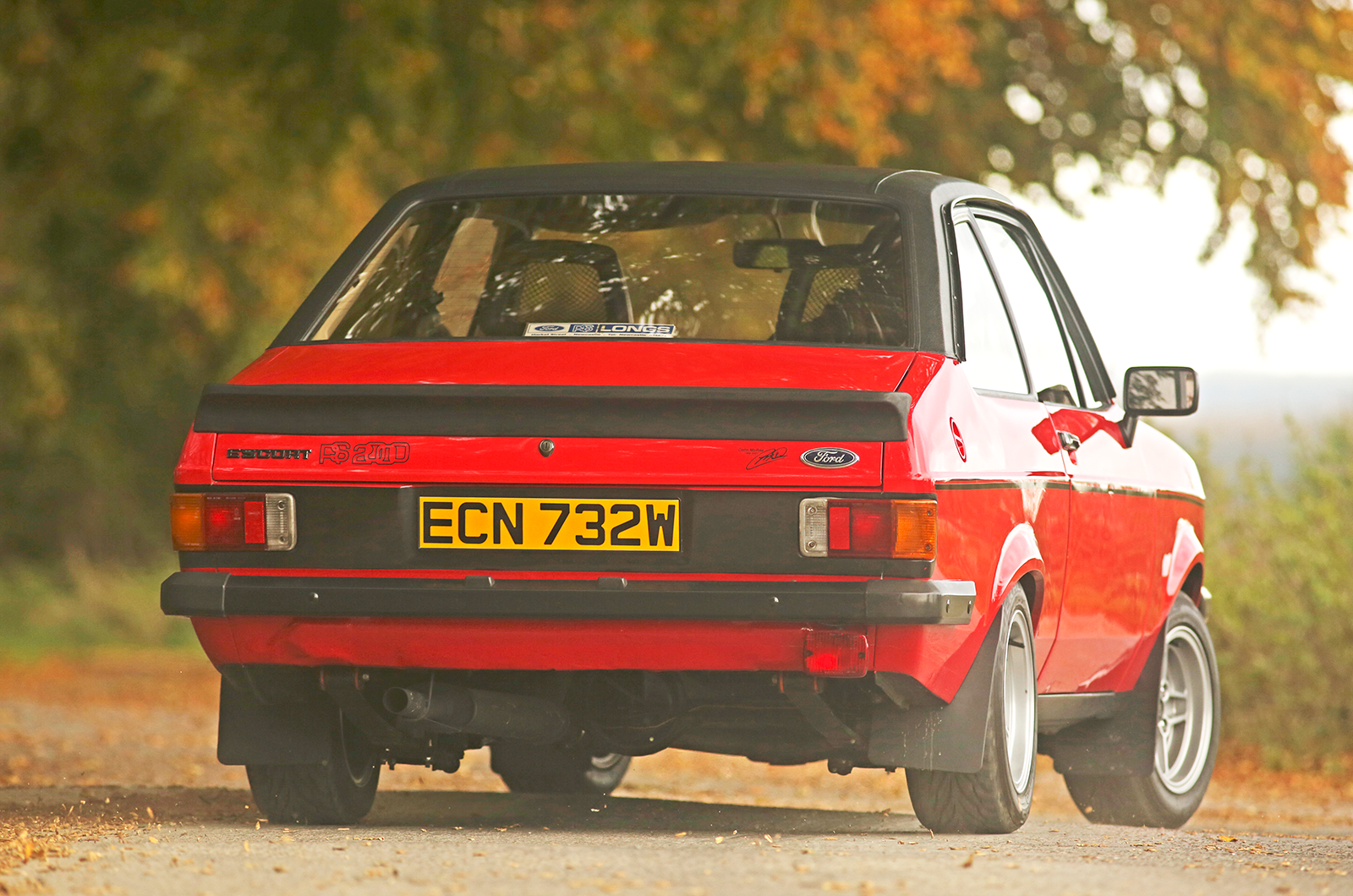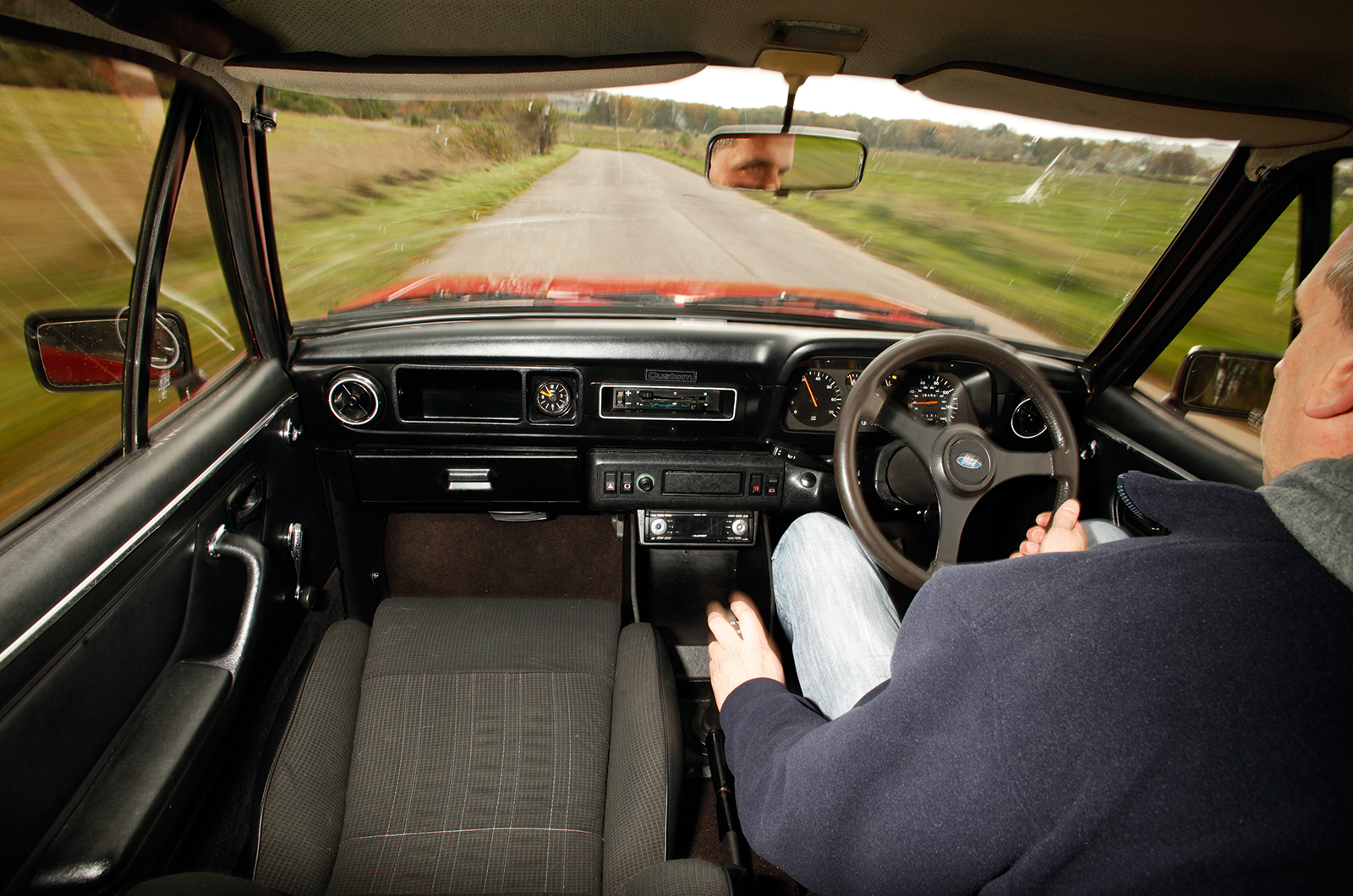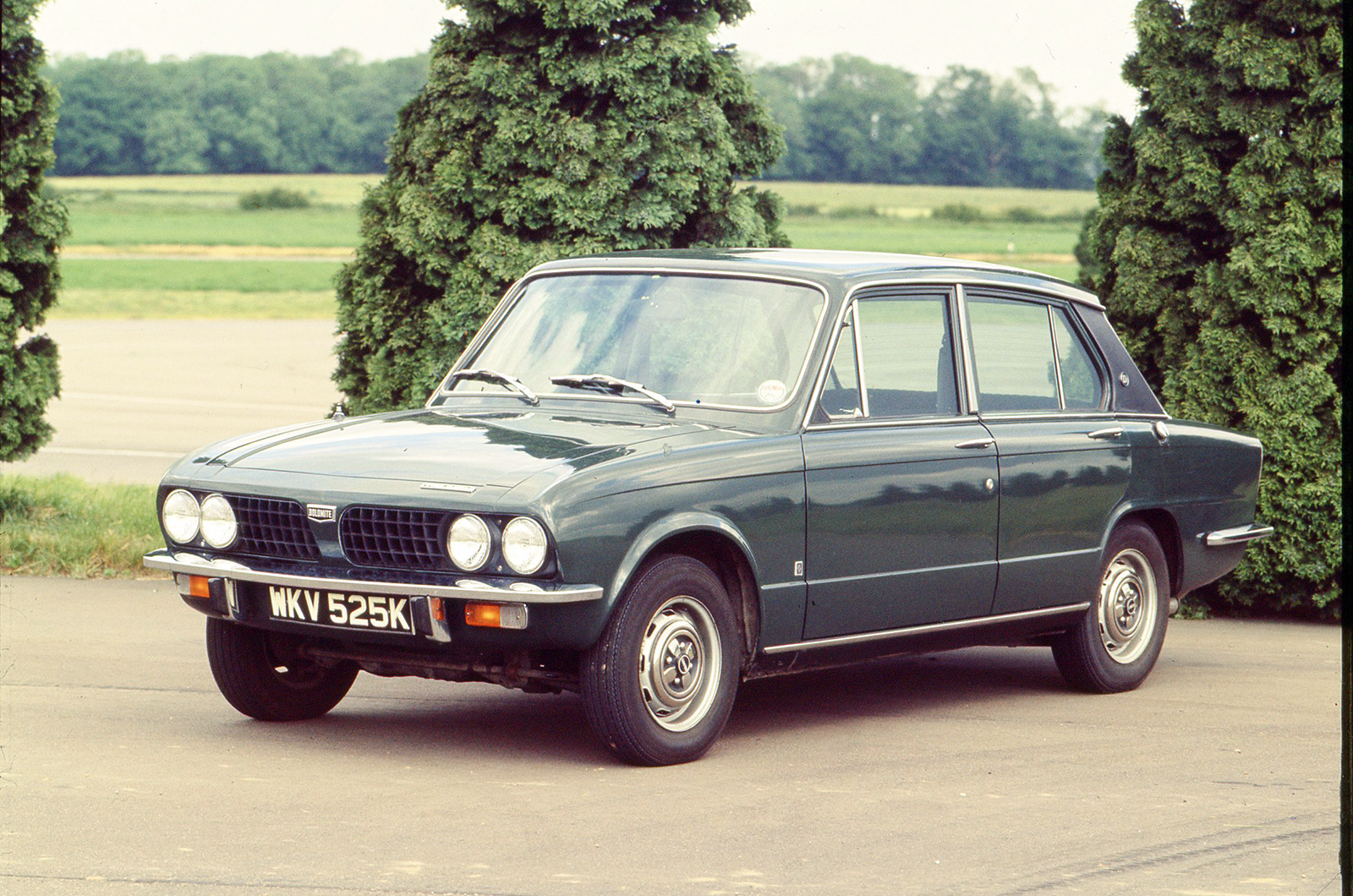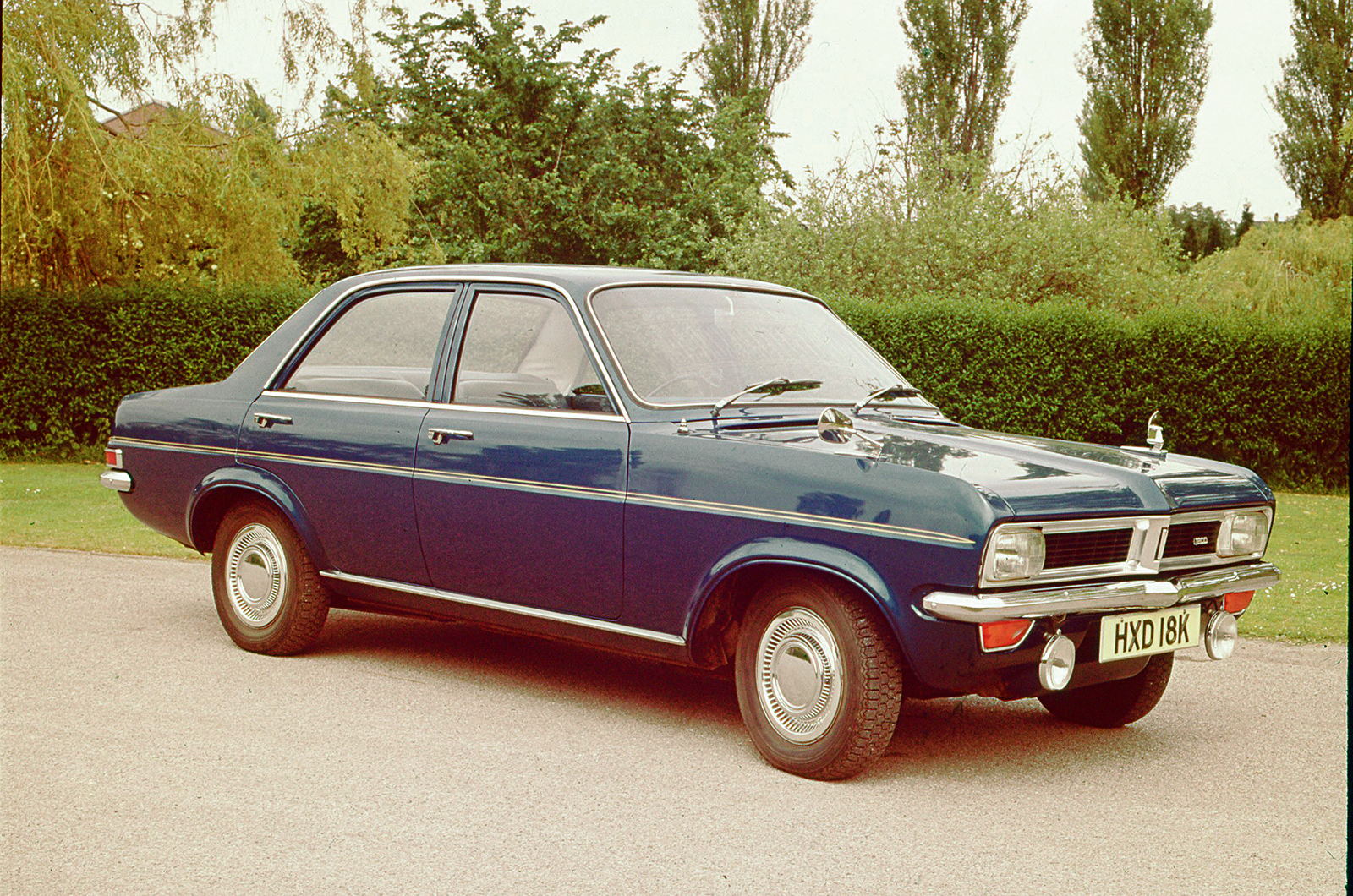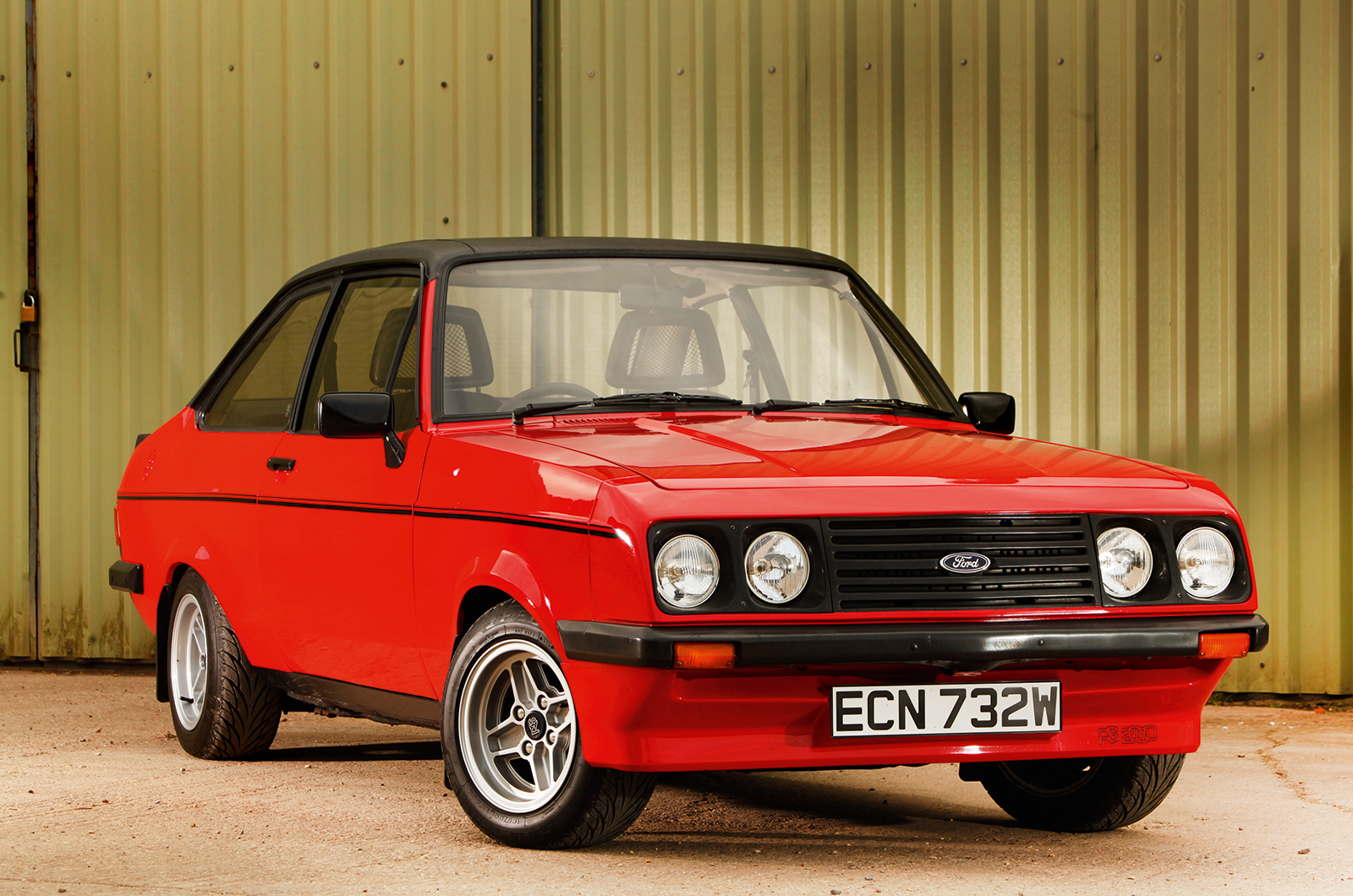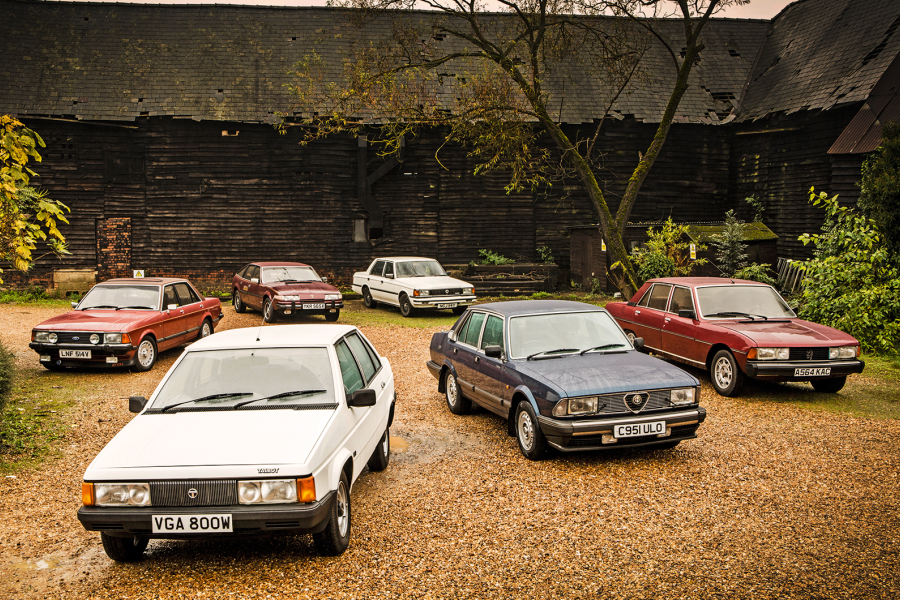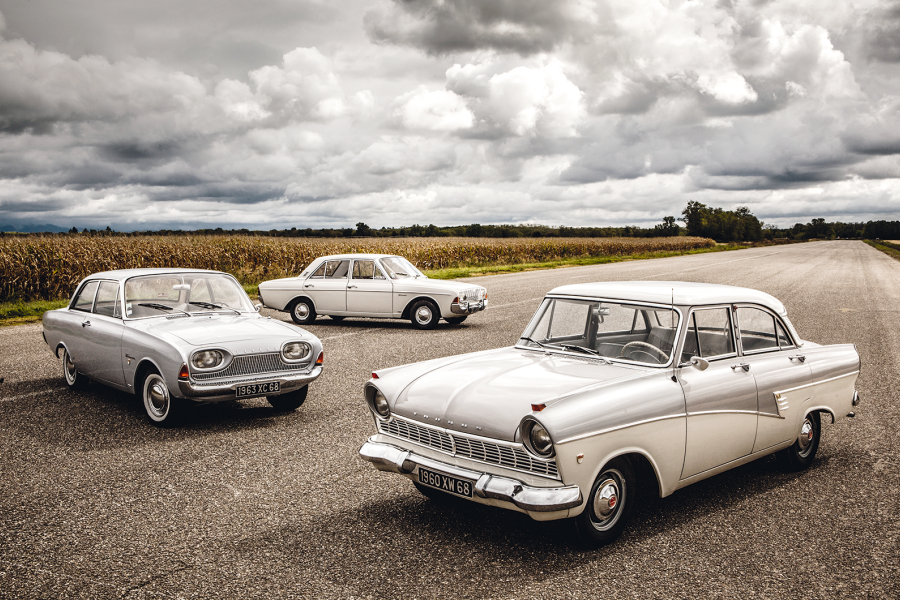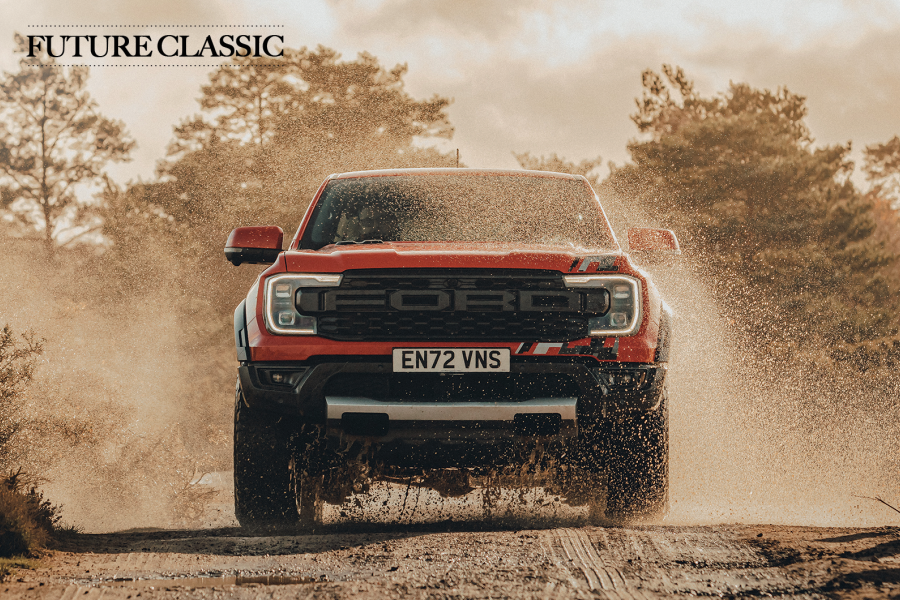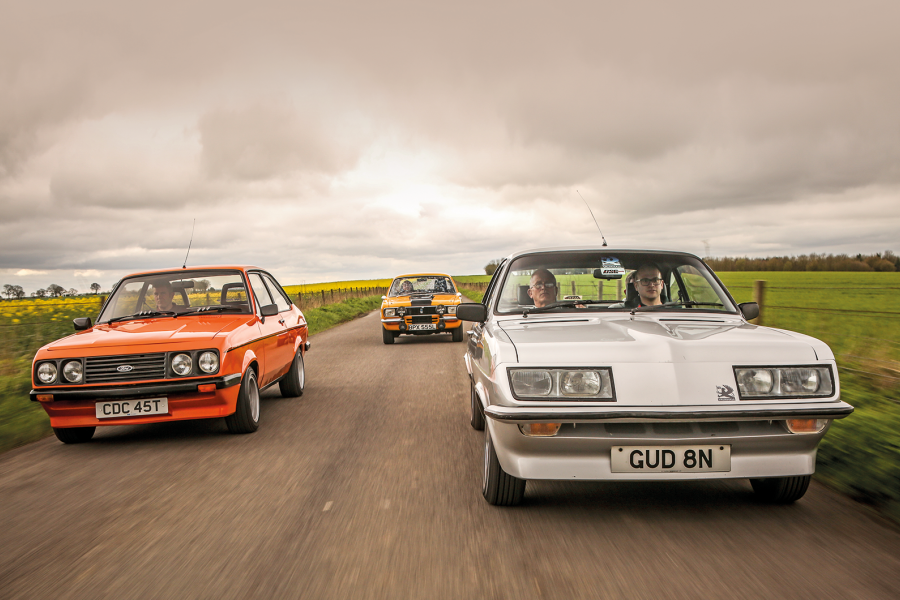Launched in 1972 as a luxury 1854cc saloon, then the RS-baiting 16V Sprint, in ’76 the Dolomite gained 1300 and 1500 engine options. Survival rates are good, but rot can be terminal.
Sold 1972-’80 • No. built 204,003 • Mpg 20-35 • 0-60mph 17.5-8.4 secs • Top speed 84-113mph • Price new £2070-3283 (’76) • Price now £500-8000+
VAUXHALL VIVA HC
GM’s compact family car was larger than its rivals. Sporty Firenza and Magnum variants widened the range. Rust and parts supply have decimated survivors, but good ones can be found.
Sold 1970-’79 • No. built 640,863 • Mpg 19-35 • 0-60mph 20.6-8.5 secs • Top speed 78-117mph • Price new £1577-2509 (’76) • Price now £750-7500+
Ford Escort Mk2: the Classic & Sports Car verdict
Optional alloys (standard on RS2000 Custom from ’78) give perfect finishing touch to the definitive 1970s sports saloon
If you wanted to make a killing on Mk2 Escorts, you should have filled a barn 10 years ago. Unspoilt, original UK-market cars are now rare and expensive, but fine examples are being imported so there is a good selection of models out there. Buy wisely and you can enjoy a small, fun, rear-drive car with great back-up for years to come: just don’t buy a rusty one.
FOR
- Practical and entertaining to drive
- Low running costs; parts availability
- Values still holding up
- Specialist support increasing
AGAINST
- Poorly protected against rust
- All-welded construction expensive to restore, so budget for that if you fancy a project
- Many have been modified – some poorly
Ford Escort Mk2 specifications
Sold/number built 1975-’80/1,808,395
Construction steel monocoque
Engine front-mounted, all-iron Crossflow ohv 1098/1298/1598cc or ohc 1593/1993cc or all-alloy dohc 16-valve 1834cc four, with single Ford or twin-choke Weber carburettor; 48bhp @ 5500rpm-115bhp @ 6000rpm 54lb ft @ 3000rpm-120lb ft @ 4000rpm
Transmission four-speed manual or three-speed automatic (1.3/1.6), driving rear wheels
Suspension: front MacPherson struts, transverse links, anti-roll bar rear live axle, semi-elliptic leaf springs, telescopics plus anti-tramp/roll bar (or radius arms on Mexico/RS2000/RS1800)
Steering rack and pinion, 31/2 turns lock-to-lock
Brakes discs front, drums rear, servo on 1.6 and above (optional on others)
Length 13ft 1/2in-13ft 7in (3975-4140mm)
Width 5ft 1/2in (1537mm)
Height 4ft 71/2in (1410mm)
Wheelbase 7ft 101/2in (2400mm)
Weight 1822-2024lb (826-918kg)
Mpg 20-38
0-60mph 18.5-8.5 secs
Top speed 80-112mph
Price new £1416-3201 (1976)
READ MORE
All Classic & Sports Car buyer’s guides
Starter classics: 14 great cars for a first-timer
28 appreciating classics and what you should pay for them
Malcolm McKay
Malcolm McKay is a regular contributor to Classic & Sports Car
